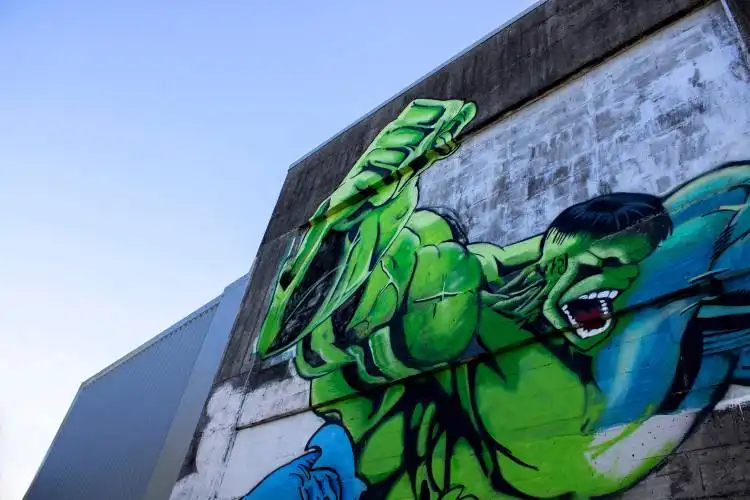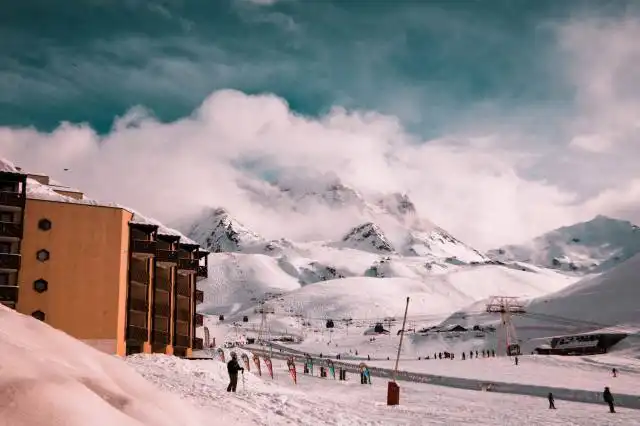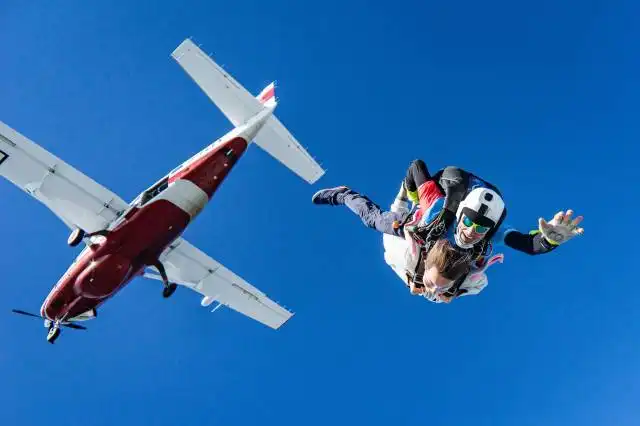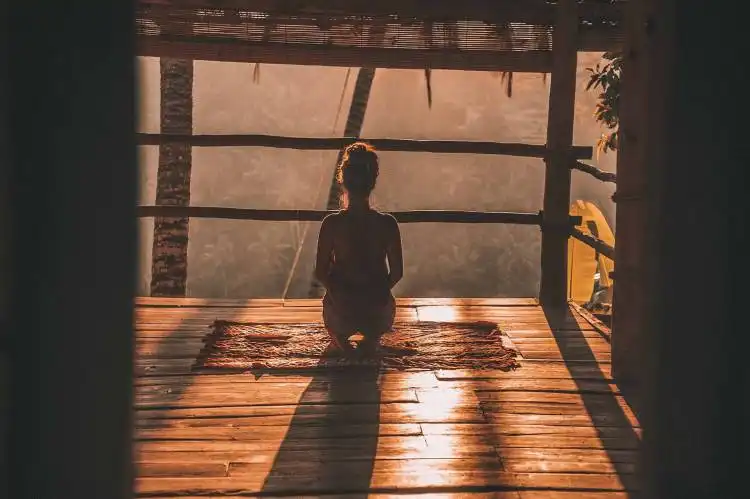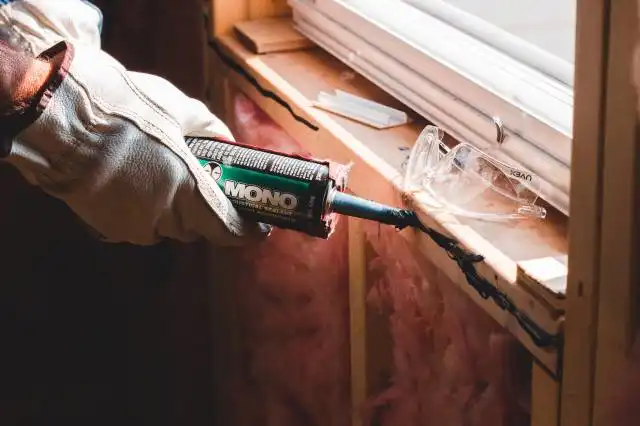Start a Roller Skating Rink
Spinning the Wheel of Joy: The Magic of Owning a Roller Skating Rink
| Updated


ROLLER SKATING RINK
Think of the excitement, the THUMP THUMP THUMP of the music, and the smooth freedom of gliding over the polished floor – in a roller skating rink business, you're the conductor of joy! Designed to provide a physical activity that's fun for all ages, a roller skating rink is an entertainment venue where customers rent skates and enjoy skating around an indoor or outdoor track. Fair warning: the entrepreneur who dives into this venture should be ready to spin up an enchanting space where people can roll away their worries – quite literally!
Jump to Business Plan
RELATED BUSINESS IDEAS
Browse ALL Hospitality & Leisure Ventures Business Ideas
Discover Your Perfect Domain
Unlock the door to your online success with our hand-picked selection of premium domain names. Whether you're starting a new venture or rebranding an existing one, the right domain can set the tone for your digital presence. Browse through our curated list, each with its unique potential to enhance your brand's visibility and credibility.
ROLLER SKATING RINK MINI BUSINESS PLAN
This a quick reality check to help you identify the strengths and weaknesses of your business concept before you dive in.
Expected Percent Margin:
- Gross Margin: 70-80%
- Net Profit Margin: 10-20%
Earnings Expectations:
- Daily Earnings: $750-$1500
- Weekly Earnings: $5,250-$10,500
- Monthly Earnings: $23,000-$46,000
- Annual Earnings: $276,000-$552,000
Actions to Hit Those Numbers:
Rink Rental Fees:
- Pricing Strategy: At least $10-$20 per person for 2-3 hours of skating.
- Group Rates: Offer discounted rates for schools, corporate events, birthday parties, etc.
Equipment Rental:
- Additional Revenue Stream: Rent out roller skates and protective gear to patrons.
Concessions:
- Food and Beverage Sales: Offer snacks, drinks, and simple meals.
- Merchandise Sales: Sell branded merchandise like t-shirts, hats, and stickers.
Marketing and Customer Acquisition:
- Social Media: Regular posts highlighting events, special promotions, and customer testimonials.
- Local Advertising: Sponsor local events, and advertise in community papers and websites.
Staffing:
- Management: 2-3 full-time management staff to oversee operations.
- Support Staff: 10-15 part-time around peak times.
Maintenance and Utilities:
- Rink Upkeep: Ensure timely maintenance of the rink to provide good customer experiences.
- Utilities: Budget around $1000-$2000 per month, depending on size of the venue.
Operating Hours:
- Open Hours: Operate for at least 6 days a week, 10-12 hours to maximize capacity utilization.
These are rough estimates. Your location, cost structure, and roller skating's popularity in your region will greatly influence your actual revenue and profit margins. Always work with a business consultant or financial advisor for more tailored advice.
NOT WHAT YOU HAD IN MIND? Here are more ideas
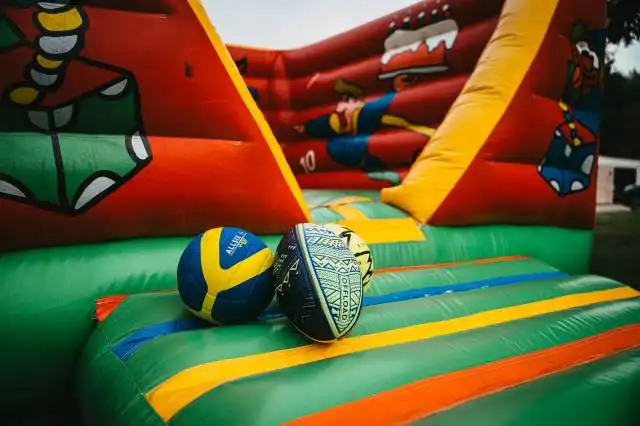


Browse ALL Hospitality & Leisure Ventures Business Ideas
Grab Your Business Website Name
Before you get caught up in the whirlwind of setting up your business, invest in a domain name. It's a small but significant step that lays the foundation for your brand and makes it easier for customers to find and trust you. Just like you wouldn't build a house without securing the land first, don't build a business without securing your domain name.
"Why? Can't that wait?" Here's why it shouldn't
Step 1: Determine if the Business is Right Endeavor
Breakdown of Startup Expenses
Before starting a roller skating rink business, it is important to understand the startup costs. These costs can include the cost of purchasing the building, the cost of the rink itself, the cost of the equipment, and the cost of the staff. Additionally, there may be other costs such as insurance, taxes, and legal fees. It is important to have a clear understanding of the total startup costs before beginning the business.
Breakdown of Ongoing Expenses
In addition to the startup costs, it is important to consider the ongoing expenses of running a roller skating rink. These costs can include the cost of maintaining the rink, the cost of the staff, the cost of the equipment, and the cost of marketing. Additionally, there may be other costs such as insurance, taxes, and legal fees. It is important to have a clear understanding of the total ongoing costs before beginning the business.
Examples of Ways to Make Money
Once the startup and ongoing expenses are determined, it is important to consider how to make money from the roller skating rink. This can include charging admission fees, renting out the rink for private events, selling food and drinks, and offering lessons. Additionally, there may be other ways to make money such as offering merchandise and hosting competitions. It is important to consider all potential sources of income before beginning the business.
Step 2: Name the Business
When it comes to naming a business, it is important to choose a name that is memorable and reflects the nature of the business. It is also important to make sure the name is not already in use by another business. A good way to start is to brainstorm ideas for the name. Think of words that are related to roller skating and the rink, such as “skate”, “rink”, “wheels”, “rollers”, or “skates”. Additionally, consider using a play on words or a pun to make the name more interesting. For example, a roller skating rink could be named “Roller Palace” or “Wheels of Fun”.
Once you have a few ideas, it is important to do a quick search online to make sure the name is not already in use. Additionally, you should check with your local government to make sure the name is not already registered with them. It is also important to make sure the name is available for use on social media platforms, such as Facebook, Twitter, and Instagram. Finally, you should consider registering the business name with the U.S. Patent and Trademark Office to protect it from being used by another business.
Step 3: Find a Location
When choosing a location for a roller skating rink, there are a few factors to consider. First, the location should be easily accessible and have plenty of parking. Second, the rink should be located in a safe area with minimal crime. Third, the rink should be in a spot that is visible and easy to find. Fourth, the rink should be in an area with a large population, as this will increase the chances of customers finding the rink. Finally, the rink should be in an area with a good mix of businesses, as this will create a sense of community and help to attract more customers.
Step 4: Obtain Licenses and Permits
The fourth step in starting a roller skating rink is to obtain the necessary licenses and permits. Depending on the state and local regulations, the types of licenses and permits required may vary. Generally, a business license, a health permit, a fire safety permit, and a liquor license may be required. Additionally, depending on the size of the rink, a zoning permit may be needed. It is important to research the specific requirements for the area in which the rink will be located.
Cost of Licenses and Permits
The cost of licenses and permits can vary greatly depending on the state and local regulations. Generally, a business license can cost anywhere from $50 to $500. A health permit can cost up to $200, while a fire safety permit can cost up to $500. A liquor license can cost up to $2,000 and a zoning permit can cost up to $1,000. It is important to research the specific costs for the area in which the rink will be located.
Where to Obtain Licenses and Permits
The best place to obtain the necessary licenses and permits is from the local government office. The local government office will be able to provide the necessary information and forms needed to apply for the licenses and permits. Additionally, they will be able to provide guidance on the specific requirements for the area in which the rink will be located.
Timeframe for Obtaining Licenses and Permits
The timeframe for obtaining licenses and permits can vary greatly depending on the state and local regulations. Generally, it can take anywhere from a few weeks to a few months to obtain the necessary licenses and permits. It is important to research the specific timeframe for the area in which the rink will be located.
Step 5: Purchase Equipment
When starting a roller skating rink, there are several pieces of equipment that are necessary for the business to be successful. This includes skates, protective gear, a sound system, and a rink floor. Skates come in a variety of sizes and styles, so it is important to have a variety of sizes and styles available for customers. Protective gear such as helmets, knee pads, and elbow pads should also be available to customers. A sound system is necessary for playing music and making announcements. Finally, the rink floor should be made of a material that is durable and slip-resistant.
Where to Purchase Equipment
When purchasing equipment for a roller skating rink, it is important to find a reliable supplier. There are many online retailers that specialize in roller skating equipment. It is also possible to find used equipment from other skating rinks that are closing or upgrading their equipment. Additionally, some local businesses may be willing to partner with the new skating rink to provide discounts on equipment.
Cost of Equipment
The cost of equipment for a roller skating rink can vary greatly depending on the type and quality of the equipment. Skates can range from a few dollars to hundreds of dollars each. Protective gear can also range from a few dollars to hundreds of dollars. A sound system can range from a few hundred dollars to several thousand dollars. Finally, the cost of the rink floor can range from a few hundred dollars to several thousand dollars.
Financing Options
When starting a roller skating rink, it is important to consider financing options. Many banks and credit unions offer financing options specifically for small business owners. Additionally, some suppliers may offer financing options for purchasing equipment. It is also possible to apply for grants or loans from local or state governments. Finally, crowdfunding is another option for financing the startup costs of a roller skating rink.
Step 6: Hire Employees
When starting a roller skating rink, there are a few types of employees that are necessary. First, you will need a rink manager who will be responsible for the day-to-day operations of the rink. This person should have experience in the roller skating industry and be able to manage a staff. Additionally, you will need to hire a staff of roller skating instructors to teach classes, run birthday parties, and provide private lessons. You will also need to hire a staff of attendants to help customers with skate rentals, skate sharpening, and other tasks. Finally, you will need to hire a maintenance staff to keep the rink clean and in good repair.
Finding Employees
Finding the right employees for your roller skating rink can be a challenge. One of the best ways to find qualified employees is to post job openings in local newspapers, online job boards, and on social media. You can also reach out to local roller skating clubs and organizations to find qualified candidates. Additionally, you can reach out to local colleges and universities to find students who are interested in working in the roller skating industry. Finally, you can reach out to former employees of other roller skating rinks to see if they are interested in working for you.
Step 7: Market the Business
Once the business is up and running, it is important to market the business to potential customers. Examples of ways to market the business include creating a website, using social media, and creating flyers to distribute in the local area. Additionally, word of mouth can be a powerful tool for marketing the business. It is important to create a recognizable brand that customers can associate with the business. This can be done by creating a logo and slogan that will be used in all marketing materials.
Advertising
Advertising is another important way to market the business. Advertising can be done through local newspapers, radio, and television. Additionally, advertising can be done through online platforms such as Google Ads and Facebook Ads. It is important to create an advertising plan that outlines the budget, target audience, and goals for the campaign. Additionally, it is important to track the results of the advertising campaign to ensure that it is successful.
Events
Hosting events is another great way to market the business. Events can be used to attract new customers and to build relationships with existing customers. Events can include open skate nights, competitions, and birthday parties. Additionally, events can be used to promote special offers and discounts.
Community Involvement
Getting involved in the local community is another great way to market the business. This can include sponsoring local teams, donating to local charities, and participating in local events. Additionally, it is important to build relationships with local businesses and organizations. This can help to increase visibility for the business and create a positive reputation in the community.
Step 8: Create a Business Plan
Creating a business plan is an essential part of starting a roller skating rink. A business plan should include a mission statement, a description of the services and products you will offer, an analysis of the competitive landscape, a marketing plan, an operations plan, and a financial plan. The mission statement should be a concise description of the purpose of the business and the values that it stands for. The services and products section should include a detailed description of the roller skating rink, including the size, the amenities, and the types of roller skating activities that will be offered. The competitive landscape analysis should include a comparison of the roller skating rink to other roller skating rinks in the area. The marketing plan should include a description of the target audience, the strategies that will be used to reach them, and the budget for marketing. The operations plan should include a description of the staff and the hours of operation, as well as the policies and procedures that will be in place. Finally, the financial plan should include a breakdown of the startup costs, ongoing expenses, and the ways that the business will make money.
Step 9: Open the Business
Obtain Necessary Licenses and Permits
Before opening the roller skating rink, it is important to obtain all necessary licenses and permits. This may include a business license, a liquor license, a health permit, and a fire safety permit. It is important to research the requirements for each of these permits and to apply for them in a timely manner. Additionally, it is important to research any zoning regulations that may apply to the roller skating rink, as these may affect the location of the business. Once all of the necessary permits and licenses have been obtained, the roller skating rink can be opened to the public.
Promote the Business
Once the roller skating rink is open, it is important to promote the business. This can be done through traditional marketing methods, such as print and radio advertising, as well as through digital methods, such as social media and email marketing. Additionally, it is important to create a website for the roller skating rink, as this will allow customers to find out more information about the business and to book appointments. Finally, it is important to create a customer loyalty program, as this will encourage customers to return to the roller skating rink.
Step 9: Open the Business
Opening a business is a big step and requires a lot of preparation. It is important to have a plan in place for the opening day. This plan should include a timeline for when the business will open, what services will be offered, and how the business will be marketed. It is also important to have a budget in place for the opening day. This budget should include the cost of any supplies needed, the cost of any advertising, and the cost of any employees that will be needed to help manage the business.
Final Preparations
Before opening the business, it is important to make sure that all the necessary paperwork has been completed. This includes obtaining any necessary permits and licenses, registering the business with the local government, and registering the business with the IRS. It is also important to make sure that all the necessary insurance policies are in place. This includes liability insurance, property insurance, and workers' compensation insurance. Once all the paperwork is completed, it is time to open the business and start making money.
Grand Opening
The grand opening of the business should be a big event. This is the time to invite family, friends, and potential customers to come and check out the business. It is important to have a plan in place for the grand opening. This plan should include decorations, refreshments, and entertainment. It is also important to have a plan in place for marketing the business. This could include advertising in local newspapers, radio, and television, as well as creating a website and social media accounts.
Ongoing Maintenance
Once the business is open, it is important to keep up with the maintenance of the business. This includes making sure that the equipment is in good working order, the facility is clean and safe, and the employees are well-trained and knowledgeable. It is also important to keep up with the marketing of the business. This could include creating promotional materials, attending local events, and offering discounts or specials. Finally, it is important to stay up to date with any changes in the industry and to make sure that the business is compliant with any laws or regulations.
EXPLORE MORE CATEGORIES
Browse ALL Business Idea Categories
TAKE THE NEXT STEPS



